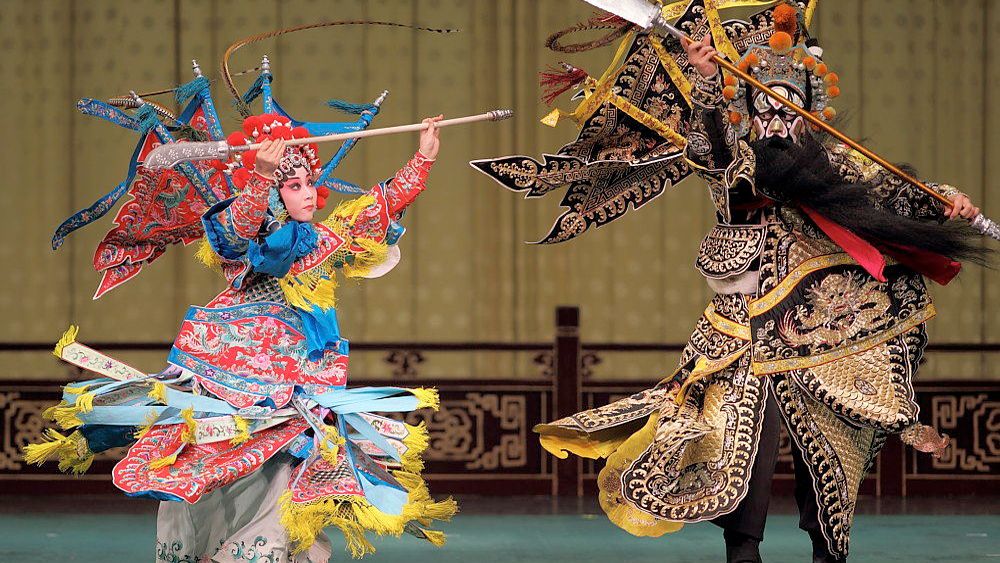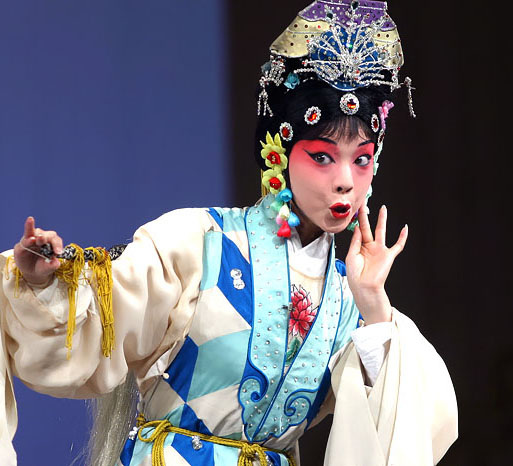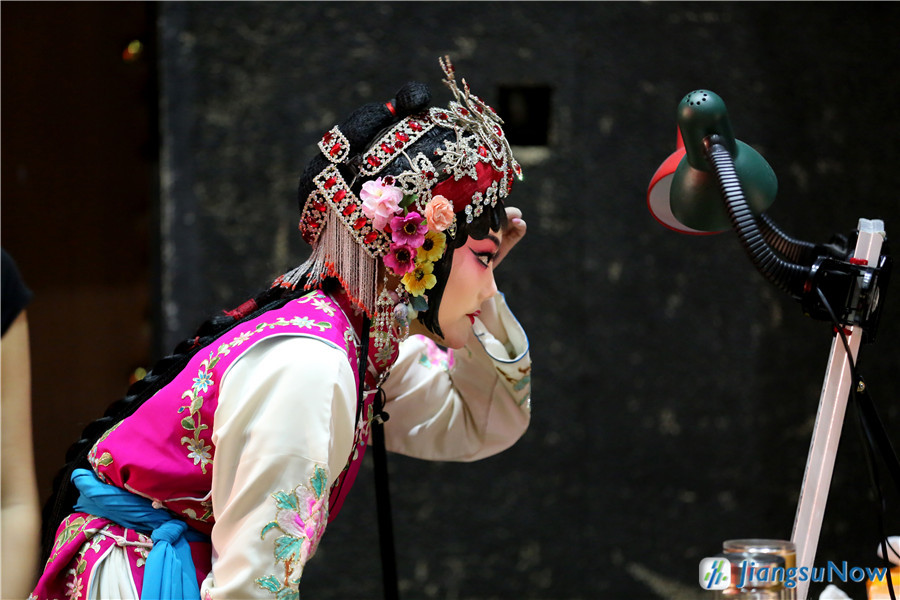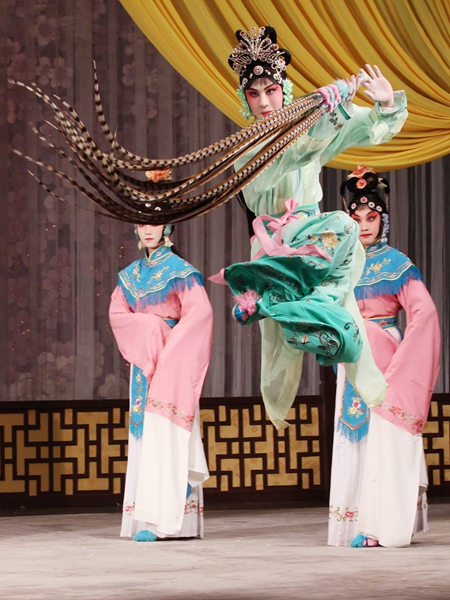

For young people, Chinese opera is no longer part of the everyday popular music culture, but it remains an attraction for many older people who find in it, among other things, a national or regional identity.

The total number of regional genres was determined to be more than 350 in 1957, but in the 21st century the Chinese government could only identify 162 forms for its intangible cultural heritage list, with many of them in immediate danger of disappearing. Language policies discouraging topolects in Taiwan and Singapore, official hostility against rural religious festivals in China, and de-Sinicization in Taiwan have all been blamed for the decline of various forms in different times, but overall the two major culprits were Cultural Revolution - which saw traditional culture systematically erased, innumerable theatre professionals viciously persecuted, and younger generation raised with far lesser exposure to Chinese opera – and modernization, with its immense social impact and imported values that Chinese opera has largely failed to counter.

Its popularity declined sharply in the second half of the 20th century as a result of both political and market factors. With few exceptions (such as revolutionary operas and to some extent Shanghai operas) the vast majority of Chinese operas (including Taiwanese operas) are set in China before the 17th century, whether they are traditional or newly written.įor centuries Chinese opera was the main form of entertainment for both urban and rural residents in China as well as the Chinese diaspora. Their differences are mainly found in the music and topolect the stories are often shared and borrowed. In the 20th century the Peking opera emerged in popularity and has come to known as the "national theatre" of China, but other genres like Yue opera, Cantonese opera, Yu opera, kunqu, qinqiang, Huangmei opera, pingju, and Sichuan opera are also performed regularly before dedicated fans. There are over a hundred regional branches of traditional Chinese opera today. Exaggerated features and colors made it easier for the audience to identify the roles portrayed. Performers had to practice for many years to gain an understanding of the roles.

Early forms of Chinese theater are simple, but over time various art forms such as music, song and dance, martial arts, acrobatics, costume and make-up art, as well as literary art forms were incorporated to form traditional Chinese opera. It is an amalgamation of various art forms that existed in ancient China, and evolved gradually over more than a thousand years, reaching its mature form in the 13th century, during the Song dynasty (960–1279). Traditional Chinese opera ( traditional Chinese: 戲曲 simplified Chinese: 戏曲 pinyin: xìqǔ Jyutping: hei3 kuk1), or Xiqu, is a form of musical theatre in China with roots going back to the early periods in China.


 0 kommentar(er)
0 kommentar(er)
